Palazzo Abatellis – The Regional Gallery of Art
One of the finest palaces in Palermo is the Palazzo Abatellis, found on Via Alloro in the neighborhood of La Kalsa. The massive building is host to the Galleria Regionale della Sicilia, which displays Sicilian art dating as far back as the 12th century.
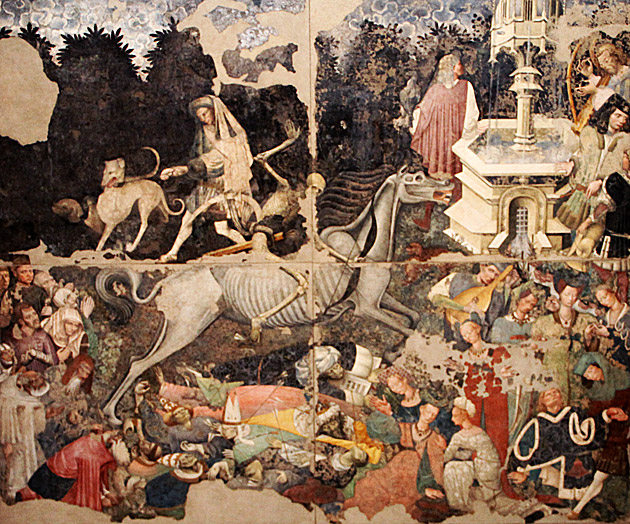
The palace was built in the late 15th century as a private residence for the master of the port, Francesco Abatellis. It’s one of the best examples of Catalan-Gothic architecture on the island. From what I understand (that is, from what I read on the internet five minutes ago), “Catalan”-Gothic differs from the regular sort of Gothic in that it emphasizes width and depth as opposed to height, and uses wide, smooth surfaces to make the best use of Mediterranean light. Abatellis is certainly wide and deep, and its ample space is put to good use as home to the Regional Gallery.
The collection brings together mostly religious works from centuries past. Paintings on wood from the 1300s and 1400s, ceramic vases, sculptures and busts, crucifixes, triptychs, and canvases occupy three floors. The gallery benefited greatly from an 1866 decree which banned many religious orders in Sicily. As churches were closed, state officials were present to requisition (or steal) their best art.
The most famous work in the museum is the fresco The Triumph of Death, by an unknown artist, which dates from around 1466 and originally decorated the Palazzo Sclafani, near the Palazzo Normanni. An entire hall of the palace is dedicated to this haunting painting, which depicts death riding through a collection of people from all swaths of society, shooting them with arrows. The message is clear: death comes for us all, poor and rich alike. Unfortunately, the fresco was sliced into four quadrants to facilitate the move to Abatellis, and the damage is evident, with peeling and rot setting in along the cuts.
Museo Regionale Abatellis – Website
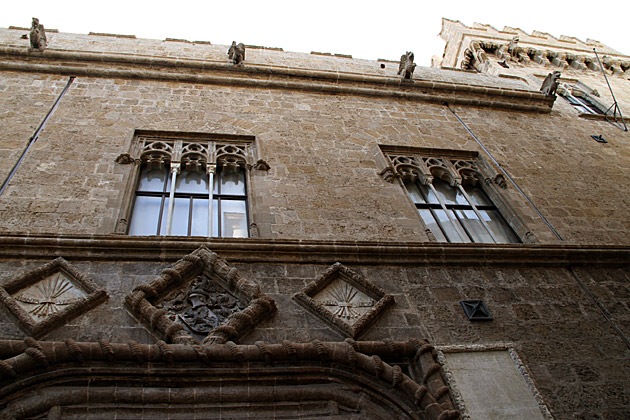
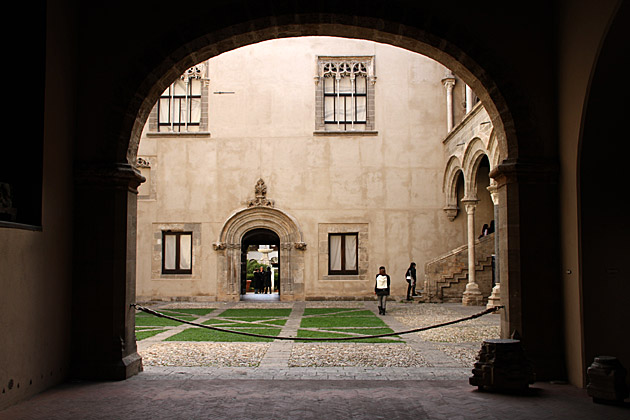
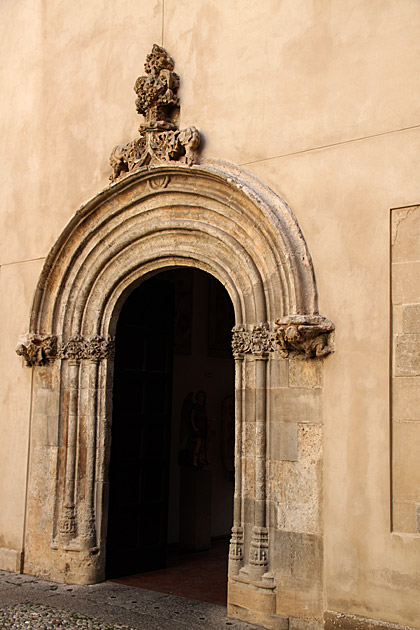
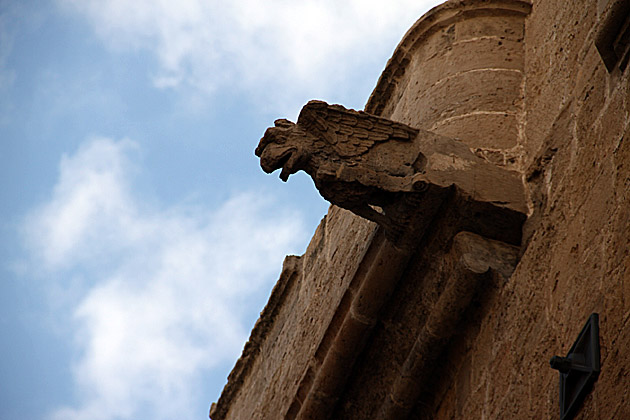
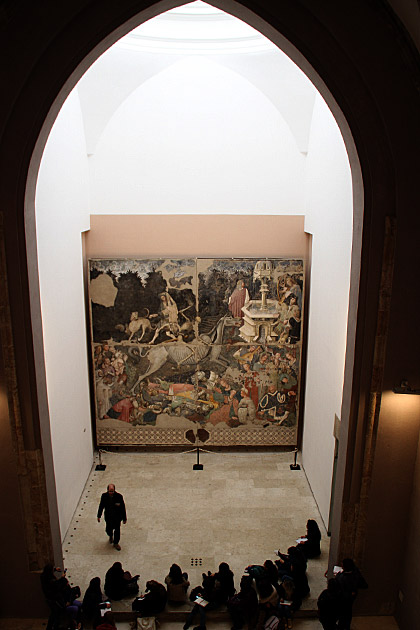
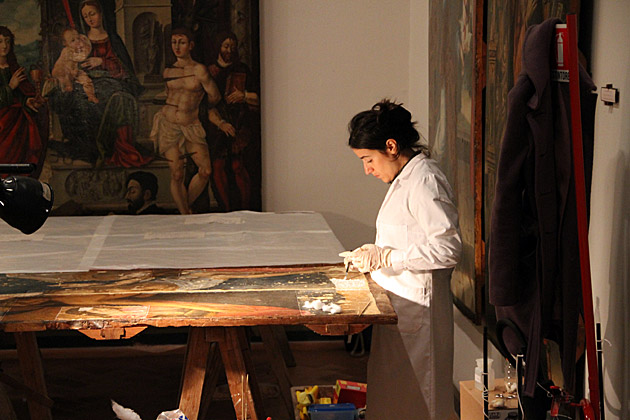
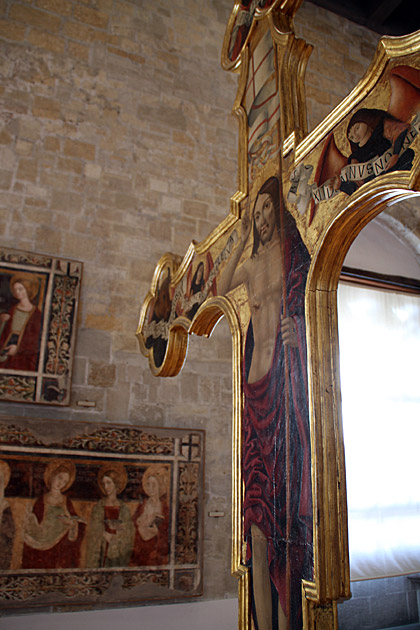
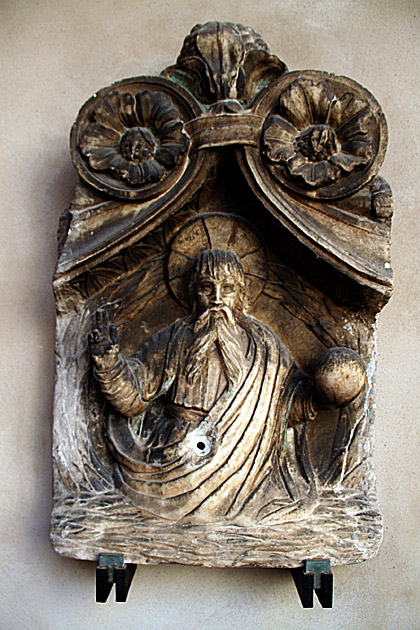

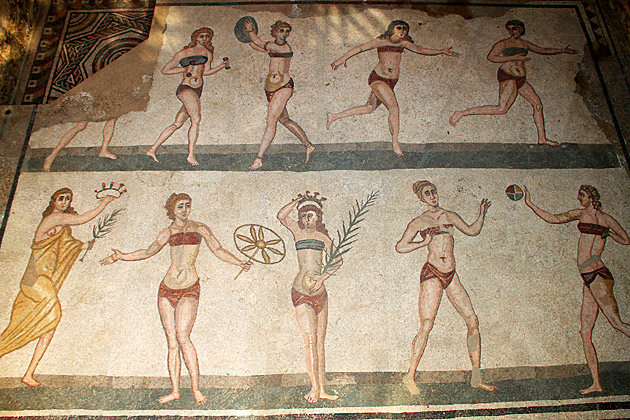
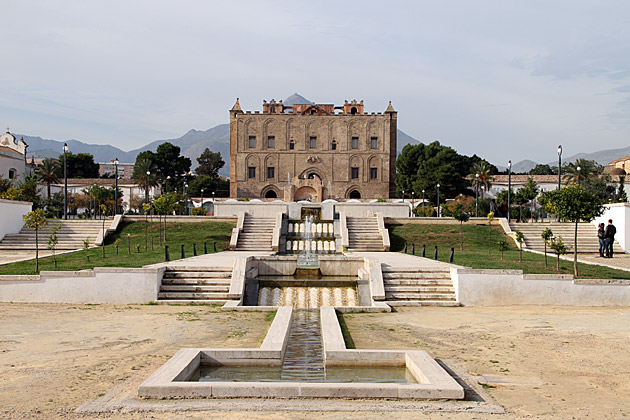
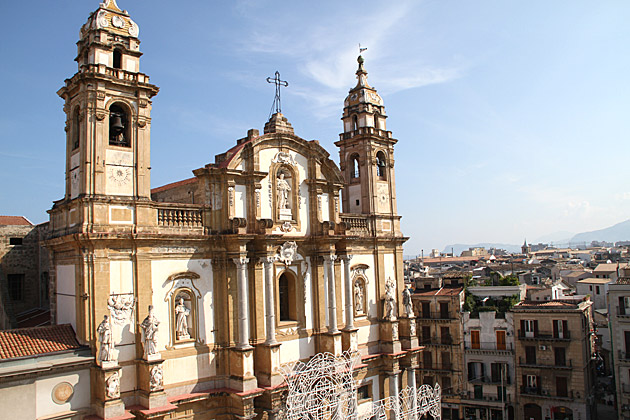

I am surprised there is no mention of Antonello da Messina’s “Annunziata” which is by far the most famous painting in Sicilian museums’ holdings; our Monna Lisa, so to speak. Was it on loan?
Dear Sirs,I live in Sweden and have recently here bought an un-signed water-colour here, but on the reverse it is written ‘palermo’ and a stamp marked: ‘SAK (Sveriges Allmänna Konstförening/The Common Art Society of Sweden, founded in 1832) INKÖP (bought in) 1943. It should be very interesting, if it is possible to identify where the motive is taken from, so I want to know, if you have an e-mail address where send it – perhaps you will find out.Yours faithfully,Torsten Hagnéus, Vastra Frolunda (Goteborg), Sweden